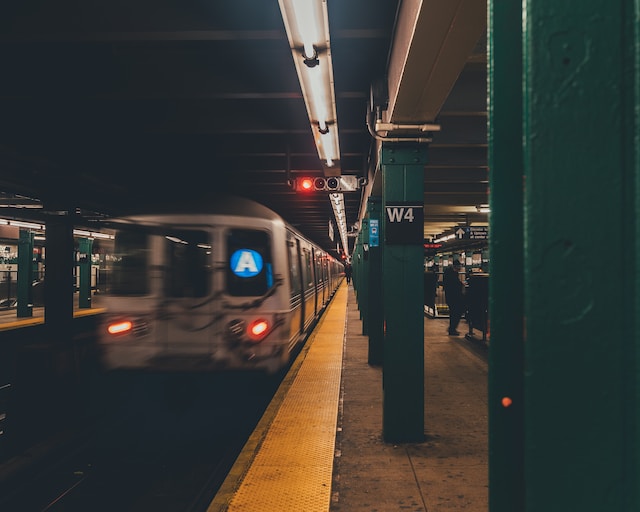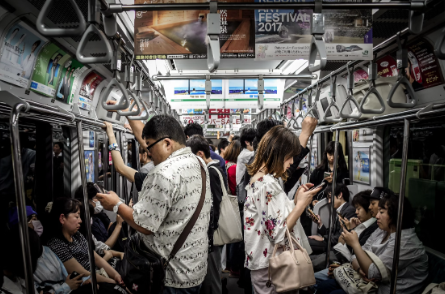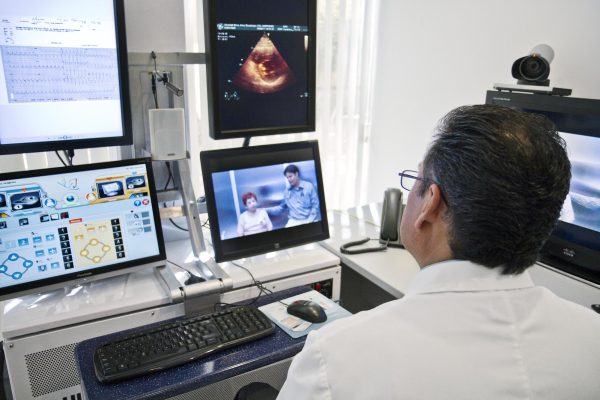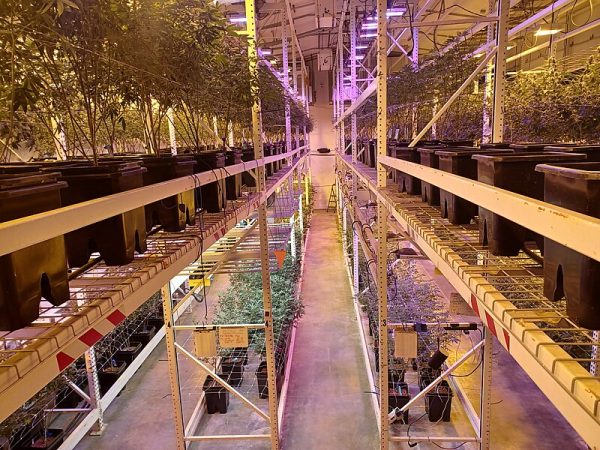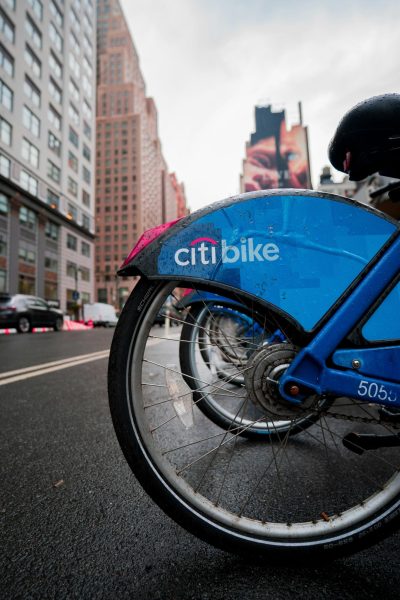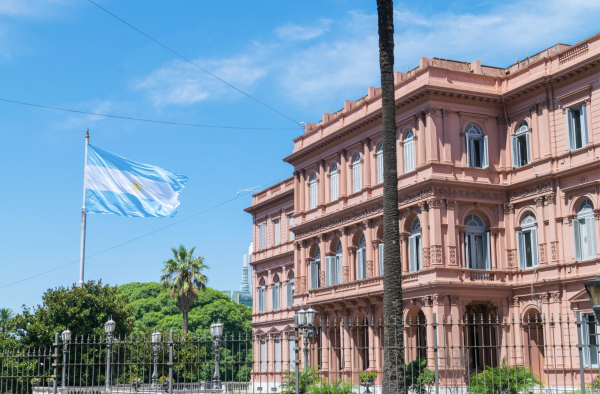What Elon Musk’s Twitter Means for the MTA
The MTA and other large companies have recently had issues with relying on Twitter to communicate with their customers, due to policies brought in by new management.
When trying to get around big cities, most people turn to public transportation because of its accessibility and convenience. In New York City, the Metropolitan Transportation Authority (MTA) is notorious for its frequent delays and antiquated system. However, the public corporation has complete control over public transportation in New York City, leaving people with few affordable alternatives.
The MTA has tried using various methods in an attempt to modernize and make it easier for customers to keep track of trains and buses. This has ranged from installing countdown clocks in most subway stations to using social media to allow people to stay informed about any issues, such as train reroutings and delays. The most used platform for this purpose is Twitter, where the MTA official accounts have hundreds of thousands of followers who are informed in real-time whenever any issues such as train rerouting or delays occur.
In the past couple of months, Twitter users have seen many changes in the social media company. Since Elon Musk purchased the company in October of 2022, many users say that things have gone downhill. Various changes have been introduced in the app’s design, from a new view of metrics to a split newsfeed similar to that of TikTok. All of this is backed by a new algorithm that has changed what users see, often not to their preferences.
Not only has the user experience become worse, but according to CNBC, Musk has made the app even more unreliable than it previously was. In addition to “questionable tweets and retweets,” Musk has applied various changes seemingly on a whim, such as banning users and implementing obscure policies on content moderation.
Soon after he took over the company, Musk fired almost 50% of Twitter’s staff, targeting those who had publicly criticized him. Many companies have broken off ties with Twitter as Musk has lost their trust, most notably advertisers that formerly supported the company. Twitter had already been struggling before Musk’s takeover. According to CNBC, Musk’s actions have caused an even more significant loss in revenue for the company. Musk explained that many of his actions, especially laying off his employees, were done because the company was at risk of bankruptcy. According to him, it was a necessary step in ensuring that Twitter would stay afloat.
“Buying Twitter is an accelerant to creating X, the everything app,” Musk posted, highlighting his ultimate goal for the social media platform. So far, however, he has made slow progress toward this goal and has instead implemented features that some users say have made the experience worse overall. He has changed the appearance of various elements within the app and modified the moderation and algorithm. The biggest, and likely the most controversial change, is the removal of the verified blue check mark, the iconic symbol which was previously only given to a small number of accounts. Their identity was verified through a complicated process that could take up to various weeks. However, by signing up for Twitter’s new Blue service, users can subscribe for eight dollars a month to receive the basic blue checkmark.
For organizations and businesses, however, Musk has created a more comprehensive verification method involving a golden checkmark. In the U.S., a base subscription to gain this golden check and become a Verified Organization costs $1,000 per month, and becoming an Affiliate Seat Subscriber costs fifty dollars per month. With this policy, Twitter allows businesses to maintain their verified status, but only if they are willing to pay a significant monthly amount for their official and affiliated accounts. The cost of staying verified has made it difficult for various companies and government organizations to show other users they are authentic accounts and not impersonators.
Musk’s methods of increasing the company’s overall revenue have created issues throughout the social media platform, causing the verified status to become less trustworthy overall. This places a burden on many, especially companies and businesses that previously used the platform to communicate with their followers. One such company, the MTA, stopped using Twitter to post all service updates after an announcement on the platform on April 27, 2023.
A separate MTA service account alluded to the reasoning in a follow-up tweet. “Our access to publish service alerts was suspended last week and again this week,” the account explained, directing people to contact operators via WhatsApp and iMessage. The MTA has since suggested that their Twitter followers view real-time updates on the mta.info website, as well as download their app.
“The MTA has terminated posting service information to Twitter, effective immediately, as the reliability of the platform can no longer be guaranteed,” MTA Acting Chief Customer Officer Shanifah Rieara said in a press release.
The central MTA account currently has the golden checkmark, indicating that they paid for the verified business status, although they have only purchased the affiliate’s status for all other MTA accounts, including the NYCT, Metro-North Railroad, and LIRR accounts which are currently posting live transit updates.
The MTA was able to pay to become golden-verified, the seemingly most trustworthy status on Twitter at the moment. However, Twitter’s unreliability is not the only reason why transit updates were paused. “The MTA does not pay tech platforms to publish service information and has built redundant tools that provide service alerts in real-time,” Rieara stated, further promoting the MTA’s website and other methods of accessing their information.
One of the main reasons why transit updates were stopped on the platform was that Twitter began preventing businesses from freely accessing their application programming interface (API) system. This system allows multiple computer applications to work together. The MTA formerly used this API system to keep users updated in real-time on all system updates, especially status updates of the city’s subways and buses.
According to the application form, pricing for businesses and commercial projects to access the system starts at $42,000 per month with other subscription tiers. Twitter’s Developer Platform states that the “Enterprise” tier is the highest level of access that involves an application process that, when approved, provides commercial-level access that meets the business’s and its customer’s specific needs, managed services by a dedicated account team, and complete streams: replay, engagement metrics, backfill, and more features.
This is the only tier that requires an application; the free tier provides limited access to Twitter’s program and is meant for those who are interested in testing out its features, while the basic tier, which requires a lower subscription price than the Enterprise tier, is meant for “hobbyists or prototypes.” It is meant for individuals interested in more features but still limits their access on a large scale.
However, on May 4th, 2023, the MTA official account made a post stating that they would resume posting service alerts onto the platform through their specific transit accounts. The MTA posted that Twitter has begun granting public service providers free access to their API system, though they must still pay for their verification status.
While Twitter was able to come to an agreement with the MTA and related companies to continue to support public service, the crisis demonstrates issues developing within the social media company that has made many hesitant to continue using its services. It has also pointed out the instability that has resulted from Musk’s takeover, which may create future issues within Twitter and for other companies that rely on it.
“The MTA does not pay tech platforms to publish service information and has built redundant tools that provide service alerts in real-time,” Rieara stated, further promoting the MTA’s website and other methods of accessing their information.
Elizabeth Colón is a Copy Chief for ‘The Science Survey.’ Elizabeth finds that the most appealing aspect of journalistic writing is how much...

